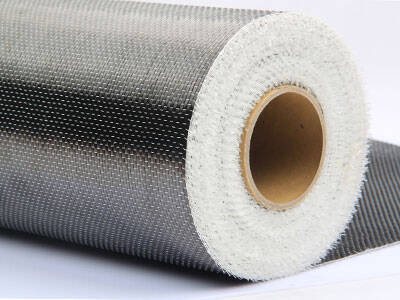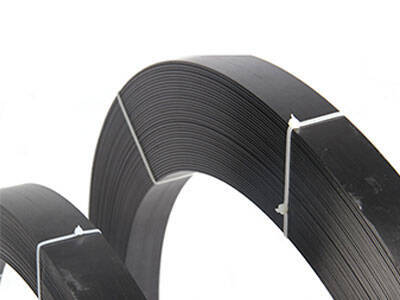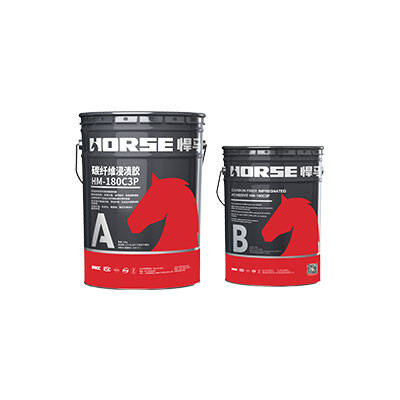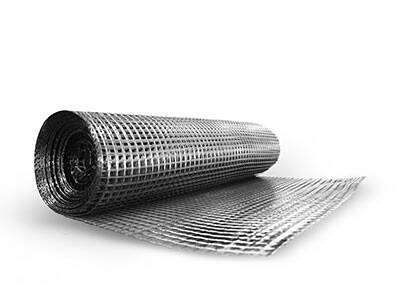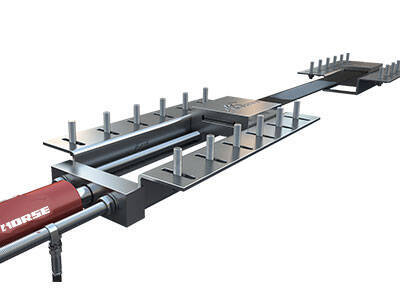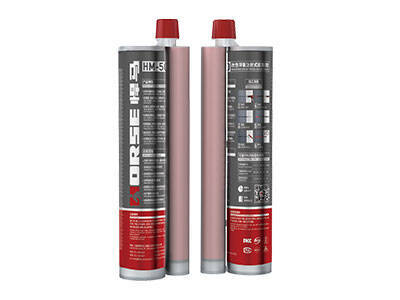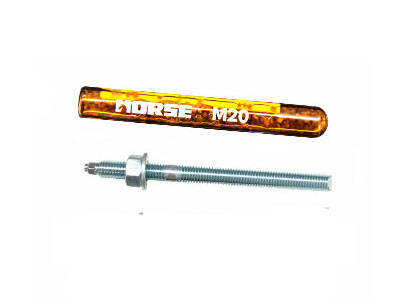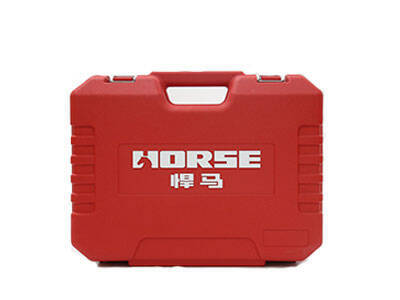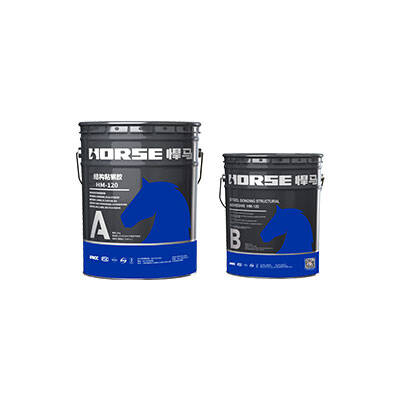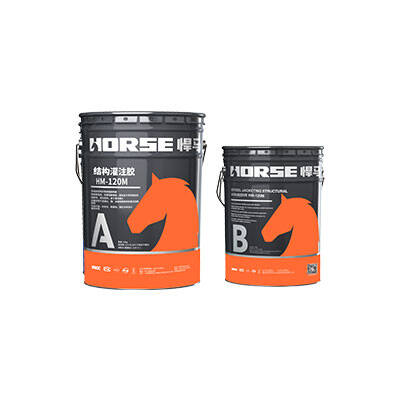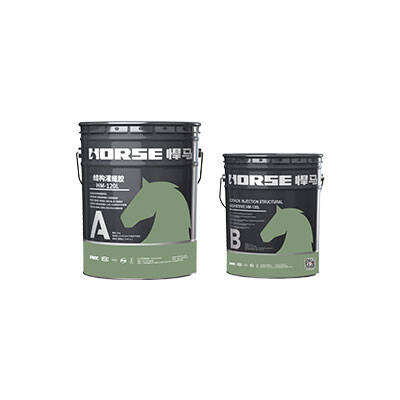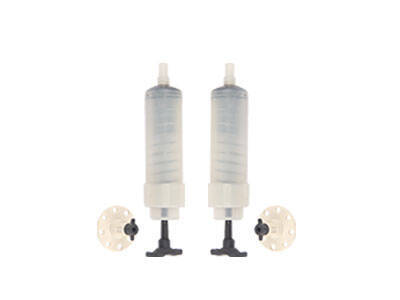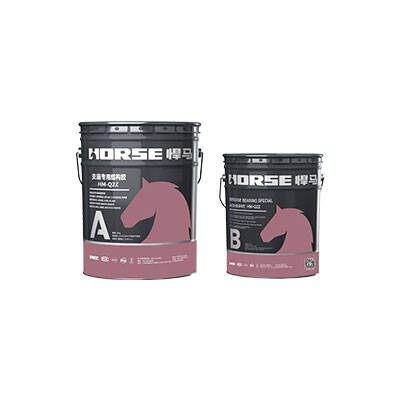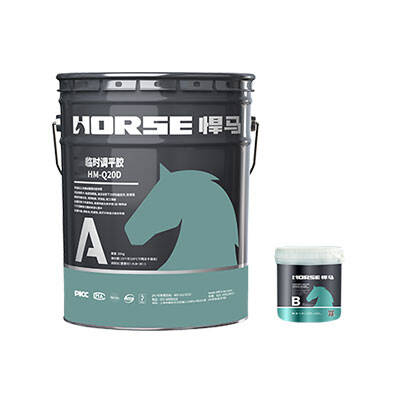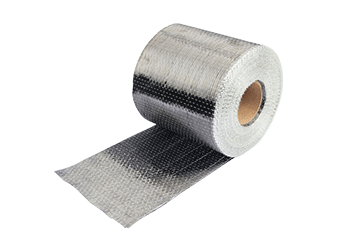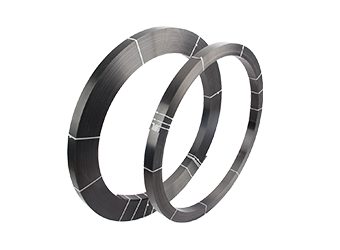Fissures obliques des poutres en T
Analyse des causes : Les fissures diagonales sont soumises à des efforts longitudinaux et à des contraintes de cisaillement, et leur amplitude augmente progressivement des côtés vers le milieu. Du fait de la fonction du diaphragme, l’amplitude atteint son maximum au milieu de la plaque intertransversale de la travée. La fissure se forme donc en premier et s’étend rapidement avec le temps, s’élargissant de la surface étroite vers la surface intérieure. Des fissures apparaissent également sur d’autres parties des poutres.
Proposition d’élimination : Deux méthodes sont principalement utilisées : la réparation superficielle, le coulis et le calfeutrage. La réparation superficielle est utilisée pour les fissures larges. Le traitement habituel consiste à appliquer du coulis de ciment, du ciment époxy ou de la peinture, de l’asphalte et d’autres produits anticorrosion sur la surface des fissures. Afin d’empêcher le béton de continuer à se fissurer sous l’effet de diverses actions, il est généralement possible de coller de la fibre de verre sur la surface des fissures, entre autres mesures. Le coulis ou le calfeutrage et le scellement sont utilisés pour les fissures plus larges ou en développement.
Fissures longitudinales dans le fer à cheval et le bas de la poutre en T
Analyse des causes : les fissures longitudinales dans la poutre sont principalement dues à l'absence de couche de protection en béton. L'épaisseur de cette couche est insuffisante et la force d'enroulement du béton est insuffisante, ce qui entraîne la corrosion et la dilatation de l'armature principale de la couche extérieure, provoquant ainsi des fissures longitudinales. En raison de la forte rugosité du béton et de sa réaction aux substances chimiques présentes dans l'air humide, les fissures aggravent la corrosion et peuvent facilement s'étendre jusqu'à la profondeur de la poutre.
Conseil d'élimination : la surface de la fissure est plus large et une méthode de réparation superficielle est préconisée. Le traitement habituel consiste à appliquer du coulis de ciment, du ciment époxy ou de la peinture, de l'asphalte et d'autres produits anticorrosion sur la surface des fissures. Afin d'éviter que le béton ne continue de se fissurer sous l'effet de diverses actions, il est généralement possible de coller de la fibre de verre sur la surface des fissures, entre autres mesures. Pour les fissures plus larges ou en développement, un jointoiement ou un calfeutrage sont utilisés.
Analyse des causes : la dalle-poutre est un élément porteur supportant des charges permanentes et dynamiques. Pendant longtemps, la charge dynamique des véhicules traverse le tablier du pont et atteint la poutre. La résistance de la poutre n'atteint pas sa résistance nominale. Lorsque la charge s'accumule au-delà de sa durée de fatigue, les éléments porteurs commencent à produire de petites fissures à partir de la base, puis s'étendent progressivement vers l'intérieur des poutres sous l'effet de la contrainte de cisaillement générée par la charge dynamique.
Suggestion d'élimination : deux méthodes sont principalement utilisées : la réparation superficielle, le coulis et le calfeutrage. La réparation superficielle est utilisée pour les fissures larges. Le traitement habituel consiste à appliquer du coulis de ciment, du ciment époxy ou de la peinture, de l'asphalte et d'autres produits anticorrosion sur la surface des fissures. Afin d'empêcher le béton de continuer à se fissurer sous l'effet de diverses actions, il est généralement possible de coller de la fibre de verre sur la surface des fissures, entre autres mesures. Le coulis, le calfeutrage et le scellement sont utilisés pour les fissures plus larges ou en développement.
Fissures transversales au bas de la poutre
Analyse des causes : le décollement du diaphragme entraîne une contrainte sur le placage de la poutre. Sous l'action répétée de la charge dynamique du véhicule, un effort de cisaillement se produit et provoque des fissures.
Conseil d'élimination : une fissure transversale à la base de la poutre compromet la sécurité de conduite. Il est conseillé de colmater d'abord les fissures, puis de les renforcer avec un tissu en fibre de carbone, et de poursuivre l'observation. Lorsque la largeur de la fissure atteint environ 0,5 mm, la poutre doit être remplacée.
Analyse des causes : l'armature inférieure subit des efforts de traction et de relaxation, et le béton produit des fissures transversales dues à la traction.
Proposition de traitement : il est recommandé de colmater d'abord les fissures, puis d'utiliser un tissu en fibre de carbone pour les renforcer. L'observation doit être approfondie. Lorsque la largeur de la fissure est d'environ 0,5 mm, la poutre doit être remplacée.
Fissure transversale de la plaque d'aile d'une poutre-caisson
Analyse des causes : généralement due au retrait du béton. Le béton de la toiture et de l'âme de la plaque supérieure de la poutre-caisson est coulé 7 à 8 jours après le coulage. L'écart d'âge entre la toiture, la plaque d'aile et l'âme est de 7 à 8 jours, et le taux de retrait est très différent. Le retrait du béton de la toiture, et plus particulièrement de la longue bande de l'aile, est donc limité par le joint entre la grille, le plancher et la traverse.
Conseils d'élimination : il est recommandé de sceller la surface, d'appliquer un mortier époxy spécial à plusieurs reprises, de faire pénétrer le mortier dans les fissures, de les colmater et d'observer l'évolution des maladies. En cas de tendance grave, il convient de traiter les fondations et de colmater les fissures.
Fissures longitudinales dans l'âme d'un caisson
Analyse des causes : Les fissures longitudinales se produisent pendant l'exploitation et sont liées à la masse du béton, comme une force de traction excessive (conception déraisonnable ou allongement excessif de la construction), par exemple une diminution de la capacité portante du béton due à la réaction des granulats alcalins.
Proposition d'élimination : Ce type de fissure étant localisé dans la partie principale du faisceau d'acier, il est facile de provoquer une corrosion longitudinale du faisceau, ce qui a un impact important sur la structure. Il est conseillé de sceller la surface du béton et d'appliquer un mortier époxy spécial à plusieurs reprises pour que le mortier s'infiltre dans la fissure et la colmate.
Fissures multicanaux dans la partie inférieure d'une poutre de dalle coulée en place
Analyse des causes : La cause est plus complexe. Elle peut être liée à des raisons de construction, à des retards de maintenance, et la principale raison réside dans les contraintes internes du béton, causées par des fissures non structurelles. Lorsque la déformation structurelle due aux variations de température et au retrait du béton est limitée, des contraintes internes se forment à l'intérieur de la structure. Lorsque la contrainte atteint la valeur limite de résistance à la traction du béton, des fissures apparaissent.
Méthode d'élimination : Il est recommandé de sceller la surface et d'appliquer un mortier époxy spécial à plusieurs reprises afin que la résine pénètre dans la fissure et la colmate.
Relaxation de la force exercée sur le câble de l'élingue
Analyse des causes : Les câbles subissent souvent des dommages dus à la corrosion et aux vibrations, entraînant une perte de tension.
Méthode d'élimination : En tant que composant important de la structure tendue, la détérioration des câbles peut avoir des conséquences désastreuses. La force exercée sur le câble endommagé varie, ce qui affecte la répartition des forces internes et le type de ligne de la structure. La force exercée sur le câble peut donc être utilisée comme un indicateur important pour l'évaluation de l'état de santé de la structure. Il est donc essentiel de comprendre précisément l'état de la force exercée sur le câble. Il est recommandé de réaliser des essais spécifiques pour en comprendre pleinement l'état technique.
Vent longitudinal et trou de l'arc principal en maçonnerie
Trou annulaire de l'arc principal, bloc de maçonnerie en pierre : le bloc de culée vide est remplacé par un nouveau bloc de remplissage. Le remplacement doit s'assurer de l'étanchéité de l'incrustation ou du remplissage, puis un nouveau traitement de jointoiement doit être effectué. Pour les fissures longitudinales, il convient d'appliquer de la résine époxy ou du mortier de ciment à temps et d'observer les fissures. Au-delà de la limite (0,5 mm), des mesures de renforcement doivent être prises.

















